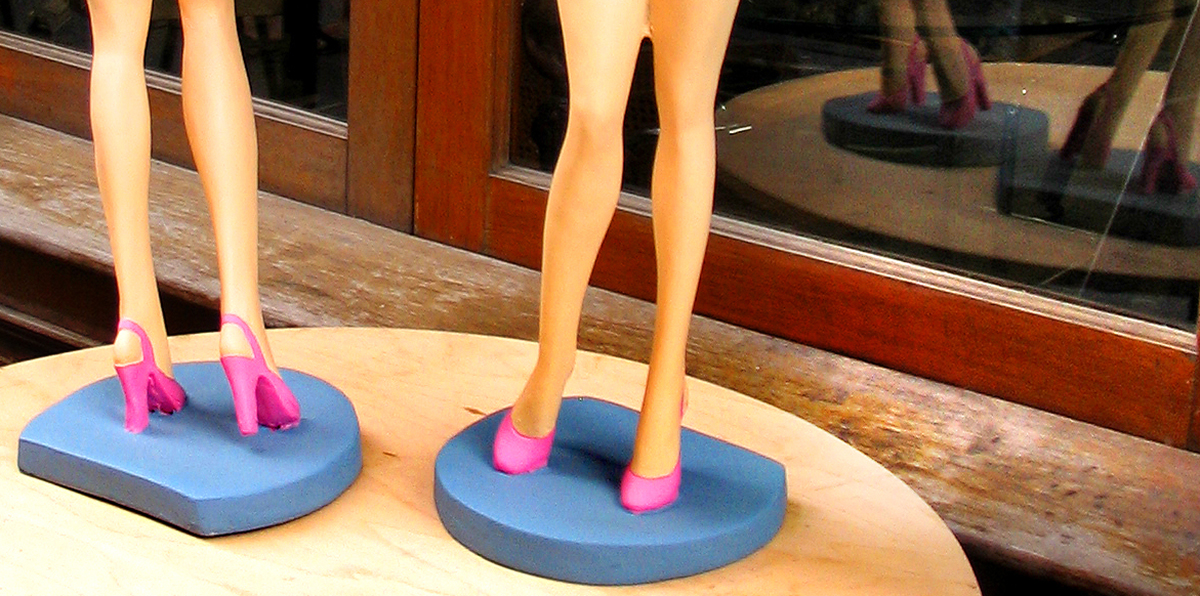Table of Contents
Researchers from Molndal, Sweden have published initial results of a fracture risk study based on the analysis of data gathered from medical records from 1987-2002, which covered Swedish citizens who were born between 1902-1952.
The research
Over 3,000 patients qualified for the study as they had both a total knee replacement (TKR) done and had sustained a hip fracture.

The hazard ratio (HR) in patients who were diagnosed with osteoarthritis (OA) of the knee and who had sustained a hip fracture before a TKR averaged around 0.58, and the hazard ratio during the 10 years after surgery had increased to average around 1.04. The HR in patients who were diagnosed with osteoarthritis (OA) of the knee and who had developed a vertebral fracture before a TKR averaged around 0.55, and the hazard ratio during the 10 years after surgery had increased to average around 1.19.
These values still remained the same even when adjustments were done to include other factors such as age, gender, latitude and calendar year values.
Summary of the findings
A reasoning behind these finding could be that OA is linked with increased bone mass and there's reduced physical activity due to pain experienced in the knee(s). This would result in less activities being performed which would otherwise increase the risk of sustaining an injury which could result in a fracture. The increased risk of sustaining a fracture, in the 10 years following TKR, would then be explained by a reduction in pain and increased mobility of the patient.
The clinical significance
These findings suggest that further research needs to be done in order to further understand this increased risk of possible fractures, seeing that thousands of knee replacements are done annually worldwide.
READ Hip Bursitis - Trochanteric Bursitis
Complications of hip fractures
Hip fractures can cause great morbidity and increase a person's mortality risk, too. In 50% of cases of hip fractures, patients won't be able to regain their ability to live independently again.
Hip fractures can cause one to become immobile for a long period of time and this can result in further complications, such as:
- Bedsores - these can become infected and lead to septicaemia.
- Pneumonia - due to immobility, mucous builds up in the airways which is an excellent breeding ground for bacteria.
- Urinary tract infections - prolonged catheter placement after surgery can lead to this.
- Thromboembolic events - blood clots can develop in the deep venous system of the lower legs, called deep venous thrombosis or DVT. These clots can cause further complications if they detach, thus becoming an embolus, and travel to and cause an obstruction in the pulmonary veins. This causes decreased blood flow to the lungs and may be fatal.
- Loss of muscle mass - immobility leads to muscle atrophy, which causes weakness in the body and therefore increases the risk of falls and further injury.
- www.medicalbrief.co.za/archives/fracture-risk-increases-after-total-knee-replacement/
- www.mayoclinic.org/diseases-conditions/hip-fracture/basics/complications/con-20021033
- www.mayoclinic.org/diseases-conditions/osteoarthritis/home/ovc-20198248
- Photo courtesy of dsasso: www.flickr.com/photos/dsasso/36379766/
- Photo courtesy of cosmic_bandita: www.flickr.com/photos/cosmic_bandita/3699832401/
- Photo courtesy of cosmic_bandita: www.flickr.com/photos/cosmic_bandita/3699832401/


Your thoughts on this